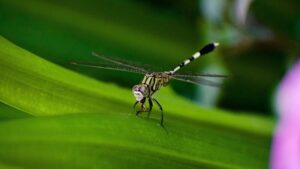
How To Design A Waterproof Mosquito Light
There’s something almost magical about a mosquito light—a beacon in the night that promises to shield us from the irksome buzz and bites of mosquitoes.

Mosquitoes – the tiny buzzing nuisances that can ruin a peaceful evening outdoors. Enter the hero of the night: the mosquito killer light lamp. But what happens when this beacon of hope starts to lose its luster due to wear and tear?
Fear not! In this guide, we’ll explore effective ways to maintain your mosquito killer light lamp and ensure it remains a formidable foe against those pesky bloodsuckers.
Maintaining your mosquito killer light lamp is crucial for ensuring its longevity and effectiveness in keeping pesky insects at bay.
Regular cleaning and proper ventilation are essential steps to prevent wear and tear, while moisture avoidance and scheduled maintenance help safeguard against damage.
Let’s delve into specific cleaning methods and maintenance practices to keep your mosquito killer light lamp in optimal condition, ensuring uninterrupted protection against mosquitoes and other flying pests.
Keep your device in top condition by routinely cleaning the lamp tubes and the suction cover, ensuring they remain free of debris and dead insects.
Use a soft brush or cloth to gently wipe away any buildup, avoiding abrasive cleaners that could damage delicate components.
Prevent overheating by maintaining proper airflow around your mosquito killer light lamp. Avoid blocking air vents and cleaning them regularly to prevent obstruction. Ensure that the device is placed in a well-ventilated area, away from any obstructions that could impede airflow.
Protect your device from moisture damage by keeping it away from rain and damp areas. Ensure proper sealing to prevent water ingress, which could short-circuit the device and cause irreparable damage. Regularly inspect the device for any signs of water damage, such as rust or corrosion, and address any issues promptly.
Conduct periodic checks to identify any issues early on. Inspect wires and plugs for damage, and monitor the condition of the lamp tubes for signs of wear or aging. Replace any worn or damaged components promptly to prevent further damage to the device.
In conclusion, proper maintenance is key to ensuring the longevity and effectiveness of your mosquito killer light lamp.
By following these specific cleaning and maintenance tips, you can keep your device in prime condition, ready to repel mosquitoes and other flying insects with ease.
Remember to clean the device regularly, ensure optimal ventilation, avoid moisture exposure, and conduct scheduled maintenance checks to address any issues promptly.
With these measures in place, your mosquito killer light lamp will continue to shine bright and keep your surroundings mosquito-free for years to come.
Can I use any type of cleaning agent to clean my mosquito killer light lamp?
While it’s essential to keep your mosquito killer light lamp clean, not all cleaning agents are suitable for this purpose. Avoid using harsh chemicals or abrasive cleaners, as they can damage delicate components of the device. Stick to mild detergents, vinegar solutions, or lemon juice mixed with water for gentle yet effective cleaning.
How often should I replace the UV bulbs in my mosquito killer light lamp?
The frequency of UV bulb replacement depends on factors such as usage time and environmental conditions. As a general guideline, it’s recommended to replace the UV bulbs every six to twelve months to maintain optimal effectiveness. Keep an eye on the brightness of the bulbs and replace them if they appear dim or flickering.
Is it safe to use my mosquito killer light lamp outdoors during rainy weather?
While mosquito killer light lamps are designed for outdoor use, it’s essential to take precautions during rainy weather to avoid damage from moisture. Whenever possible, provide shelter for the device by placing it under a canopy or awning to protect it from direct rainfall. Additionally, ensure that the device is properly sealed to prevent water ingress and potential electrical hazards.
Can I clean the internal components of my mosquito killer light lamp myself?
Cleaning the internal components of your mosquito killer light lamp requires careful attention to avoid damage to delicate parts. While you can clean accessible areas such as the lamp tubes and suction cover, it’s best to leave deeper cleaning of internal components to trained professionals or authorized service centers. Attempting to disassemble the device yourself may void the warranty and result in irreparable damage.
What should I do if I notice unusual noises or odors coming from my mosquito killer light lamp?
Unusual noises or odors emanating from your mosquito killer light lamp could indicate underlying issues that require attention. If you notice any such symptoms, it’s essential to discontinue use of the device immediately and perform a thorough inspection. Check for any signs of damage or malfunction, and if necessary, consult the manufacturer or a qualified technician for assistance in diagnosing and resolving the problem. Ignoring these warning signs could lead to further damage or pose safety risks.


There’s something almost magical about a mosquito light—a beacon in the night that promises to shield us from the irksome buzz and bites of mosquitoes.

Within the first few moments of considering a mosquito light, the idea transforms from a mere concept into a beacon of hope against the nightly
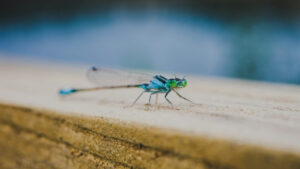
The moment you switch on a mosquito light, you declare war on those pesky insects. But what if I told you that you could turbocharge

Imagine this scenario: as the hues of twilight blend into the evening sky, your mosquito light buzzes to life, standing guard against the night’s swarm
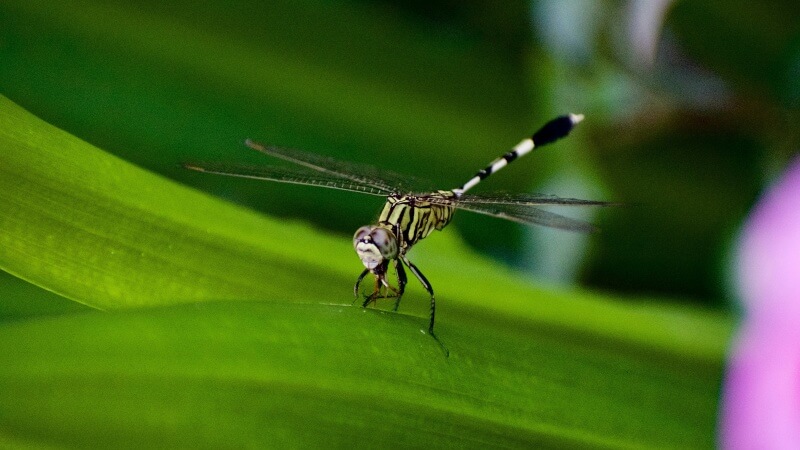
There’s something almost magical about a mosquito light—a beacon in the night that promises to shield us from the irksome buzz and bites of mosquitoes.

Within the first few moments of considering a mosquito light, the idea transforms from a mere concept into a beacon of hope against the nightly
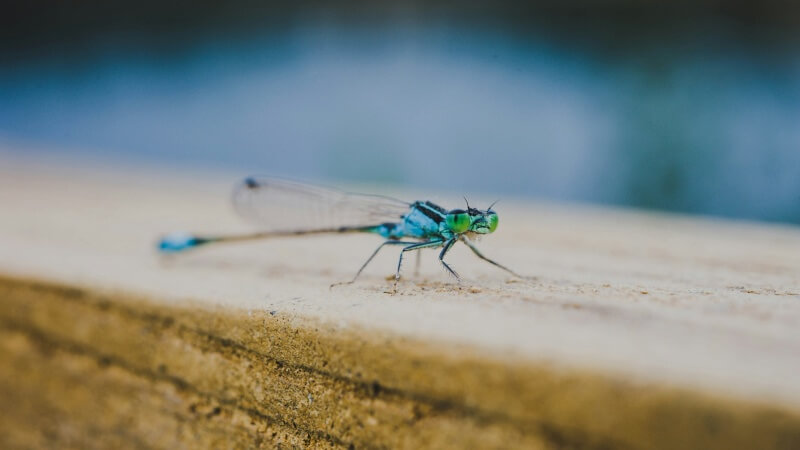
The moment you switch on a mosquito light, you declare war on those pesky insects. But what if I told you that you could turbocharge
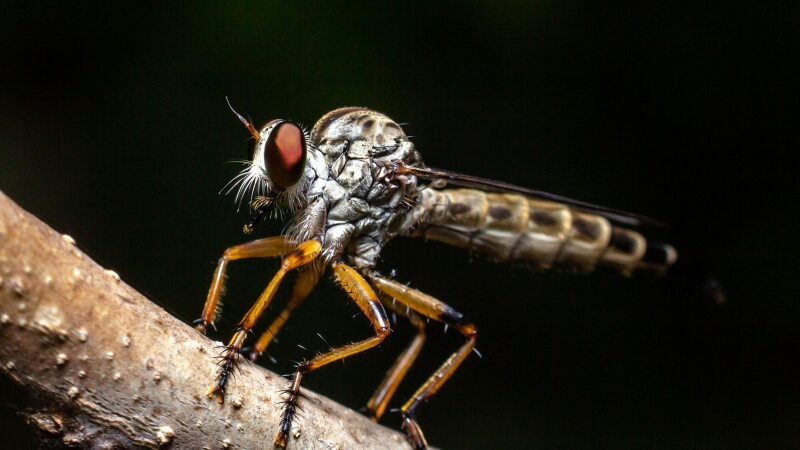
Imagine this scenario: as the hues of twilight blend into the evening sky, your mosquito light buzzes to life, standing guard against the night’s swarm
Copyright © 2024 mosquitokillerlight. All Rights Reserved.